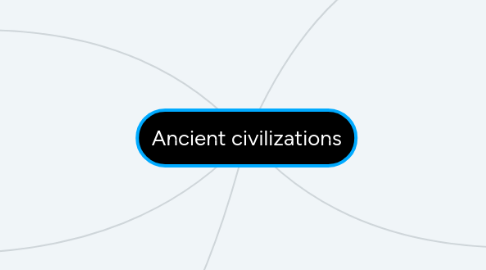Ancient civilizations
作者:Braden Bell

1. Sumeria
1.1. Mesopotamia is between two very large rivers. Mesopotamia is a part of The Fertile Crescent which is a large stretch of land.
1.2. They started off by drawing pictographs on clay. Eventually they started a system of writing called Cuneiform.
1.3. When conflicts began among city-states, the way in which cities were led began to change. As they got larger people in different cities began to argue over land and water.
1.4. One of the bigger Sumerian cities may have had 80,000 residents.
2. Egypt
2.1. Egypt's civilization developed in a river valley with rich soil. The ancient Egyptians heavily valued the Nile River. They knew that the Nile was essential for their survival. They used the water from the Nile to provide water for their crops.
2.2. Egyptians wrote in Hieroglyphics. Most Egyptians didn't know how to write so the ones that could were respected for their knowledge.
2.3. The pharaoh's depended on a bureaucracy. The bureaucracy collected taxes.from farmers.
2.4. The Egyptians invented the 365-days a year calendar.
3. What do you think it felt like to be apart of some of the first ever civilizations?
4. Huang
4.1. A lot of China is covered in tough, jagged mountains and very large deserts. Even though the Huang dynasty had to face these challenges they used the resources that the rivers around them provided in order to survive.
4.2. The oldest written records originating in China are oracle bones. Most of the ancient characters that were created back then are still in use now.
4.3. The Shang kingdom was a dynasty. The leadership went from brother to brother. The way the Shang leaders organized farmers made it so there was
4.4. This civilization has described as the origin for Chinese civilizations
5. Indus
5.1. This civilization developed in an area that is dry most of the year. When the river flooded, it left behind rich soil.
5.2. Experts have not yet figured out how to read the symbols discovered on the stone seals of the Indus Valley. Experts are pretty confident that these marking are forms of writing but they do not know what exactly they represent.
5.3. There isn't enough evidence to indefinitely find out what kind of government the Indus people had. Most cities had a very large citadel which may have protected it from floods and intruders. It may have been a center for government.
5.4. They were among the first to develop a system of uniform weights and measures.


